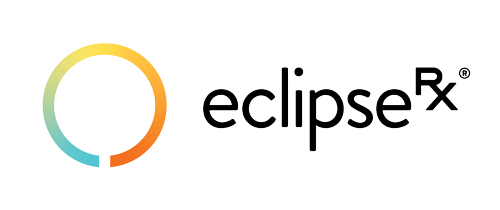The BurŪV Smart Apple Watch Band was developed by Board Certified Dermatologists with a passion to prevent skin cancer.
We often see individuals with significant medical conditions including organ, bone marrow and hematopoietic cell transplants. Transplant patients are susceptible to an increased risk of skin cancer. One area of excitement with the BurŪV Smart Apple Watch Band is that the tracking of sun exposure can ultimately help prevent skin cancer in these patients.
More than 100,000 people in the US are living with an organ transplant.
 We know that organ transplant patients have a dis-proportionally elevated risk of skin cancer compared to the general population. In fact, the risk of squamous cell carcinoma is between 65-250 times more likely for organ transplant patients. And, “skin” cancer, affecting 50% of transplant patients, is the most common type of cancer in this population. Basal cell carcinoma is the most common type of skin cancer in the general population. But, in the transplant world, the skin cancer risk profile is transposed. This means that basal cell is not the most common, rather squamous cell carcinoma and melanoma cancers have a disproportionately high occurrence. Kidney transplants are by far the most common transplant patients, but all transplant patients are affected. The immunosuppressive medications decrease immunosurveillance and may also increase be oncogenic. According to the studies, assessing which force predominates has proven difficult.
We know that organ transplant patients have a dis-proportionally elevated risk of skin cancer compared to the general population. In fact, the risk of squamous cell carcinoma is between 65-250 times more likely for organ transplant patients. And, “skin” cancer, affecting 50% of transplant patients, is the most common type of cancer in this population. Basal cell carcinoma is the most common type of skin cancer in the general population. But, in the transplant world, the skin cancer risk profile is transposed. This means that basal cell is not the most common, rather squamous cell carcinoma and melanoma cancers have a disproportionately high occurrence. Kidney transplants are by far the most common transplant patients, but all transplant patients are affected. The immunosuppressive medications decrease immunosurveillance and may also increase be oncogenic. According to the studies, assessing which force predominates has proven difficult.
All transplant patients have skin cancer risk in what would be considered already sun damaged skin. In non-transplant patients, 80% of non-melanoma skin cancers occur on the face and neck. Therefore, this would be our top priority. But, some recent studies in this patient population suggest that transplant patients may still get more sun exposure than one would consider healthy. Also, due to a lack of education, up to 80% of transplant patients may not even be aware that they are at higher risk of skin cancer. Therefore, they may be getting too much sun exposure and because of their medications, they are immunosuppressed to encourage acceptance of their new organ, in other words they are experiencing a double whammy.
When evaluating a patient with any immunosuppression, any and all would want to do a full skin exam and a re-examination may be needed every 3 – 6 months, depending on what is found. Any and all lesions would be evaluated. All potential pre-cancerous lesions would be treated. The most common type to be seen, especially on sun damaged skin, would be an actinic keratosis. This type would be treated aggressively using either cryosurgery or topical agents such as 5 fluoruracil or other like agents. Photodynamic therapy would also be an ideal choice because the physician can treat ‘the field’ in order to diminish the overall risk of squamous cell carcinoma.
The BurŪV Smart Apple Watch Band can help all transplant patients be more aware of their surroundings.
The patient inputs their natural skin type based on their eye color, hair color and whether they tan or burn easily. Additionally, transplant paints can input whether they use sunscreen, and if so, what SPF (sun protection factor) they use.
All organ, bone-marrow or hematopoietic transplant patients should wear sunscreen on all their exposed skin daily. This healthy habit is challenging because the general population does not do a good job of wearing sunscreen routinely. And studies have shown that transplant recipients are even less compliant with sunscreen application before and after transplant. Therefore, the highest risk population is also the most non-complaint. We know technology can help increase sun protective behavior, so this makes the BurŪV even more exciting. Upon pairing the device, the BurŪV Fitness Tracker for Your Skin helps transplant patients personalize their sun monitoring, taking into account their specific skin type.
Once the skin type has been input and the “action” of sunscreen application has been recorded into the app by the individual, the device will begin to record daily UV exposure and will let the patient know not only when they are getting sun exposure, but also “how much” with relationship to their skin type and the strength (UV index) of the sun exposure. During the winter months, when people are more apt to completely forget to protect their skin, the device can help by gently reminding the individual to re-apply their sunscreen every 2 hours, if needed.
BurŪV can be a big help to transplant patients when the sun is strong, helping to prevent all types of sun related risks. Organ, bone marrow or hematopoietic transplant patients who receive excessive sun exposure due to their occupation (i.e., construction workers, police officers, postal workers, etc.) can especially benefit from wearing the BurŪV Fitness Tracker for Your Skin. Using a wearable personal UV monitor, like BurŪV, may reduce pre-cancers and skin cancers by increasing the individual’s awareness of environmental UV exposure and reminding them to re-apply sun protection.
